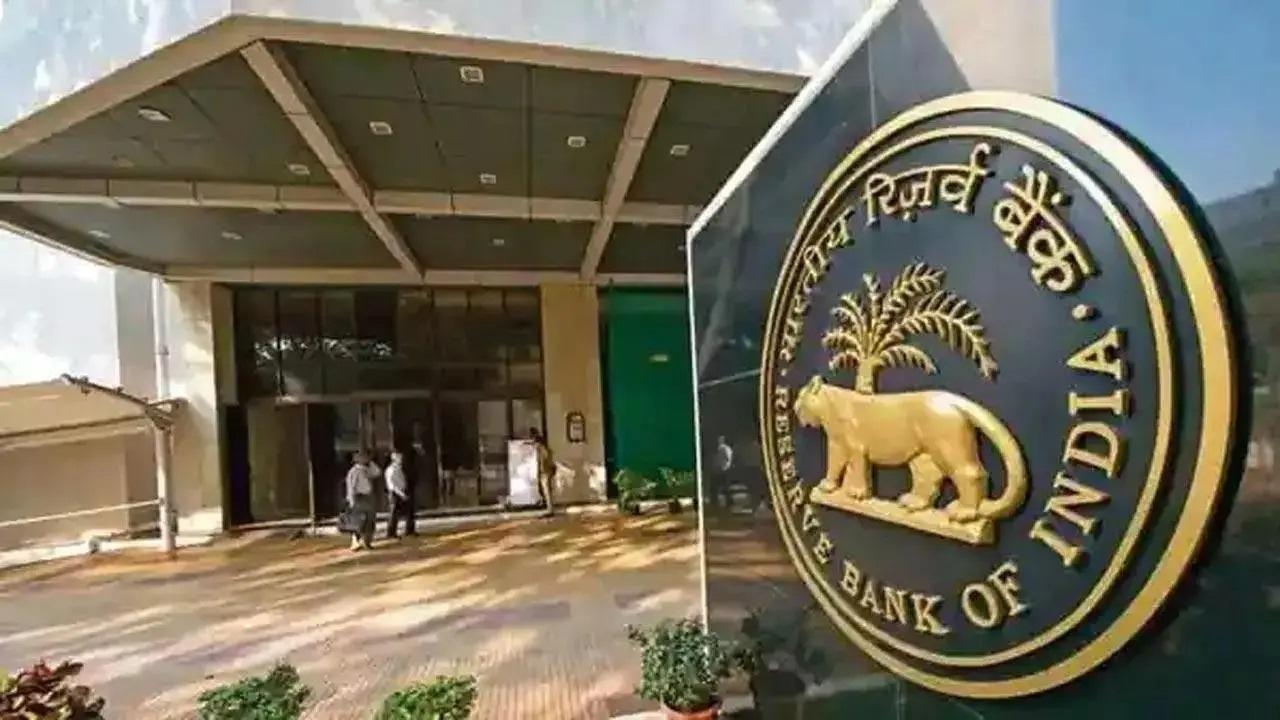The Reserve Bank of India (RBI) regulates over 20 registered P2P platforms, ensuring transparency and investor protection. Despite challenges like a non-performing asset (NPA) rate of around 2-3 per cent, the sector remains a crucial tool for financial inclusion

RBI. File pic
Key Highlights
- P2P platforms connect borrowers directly with lenders, offering faster loan approvals
- The Reserve Bank of India regulates over 20 P2P platforms, ensuring transparency
- A P2P platform is now not allowed to promote P2P lending as an investment product
The Peer-to-Peer (P2P) lending sector in India has grown rapidly, with the market expected to reach Rs 7,000 crore by 2025, expanding at a CAGR of over 30%. This growth is driven by increased digital adoption and a demand for alternative financing solutions. P2P platforms connect borrowers directly with lenders, offering faster loan approvals and interest rates ranging from 10% to 30%, often more competitive than traditional banks. The Reserve Bank of India (RBI) regulates over 20 registered P2P platforms, ensuring transparency and investor protection. Despite challenges like a non-performing asset (NPA) rate of around 2-3%, the sector remains a crucial tool for financial inclusion.
 Subscribe today by clicking the link and stay updated with the latest news!" Click here!
Subscribe today by clicking the link and stay updated with the latest news!" Click here!





